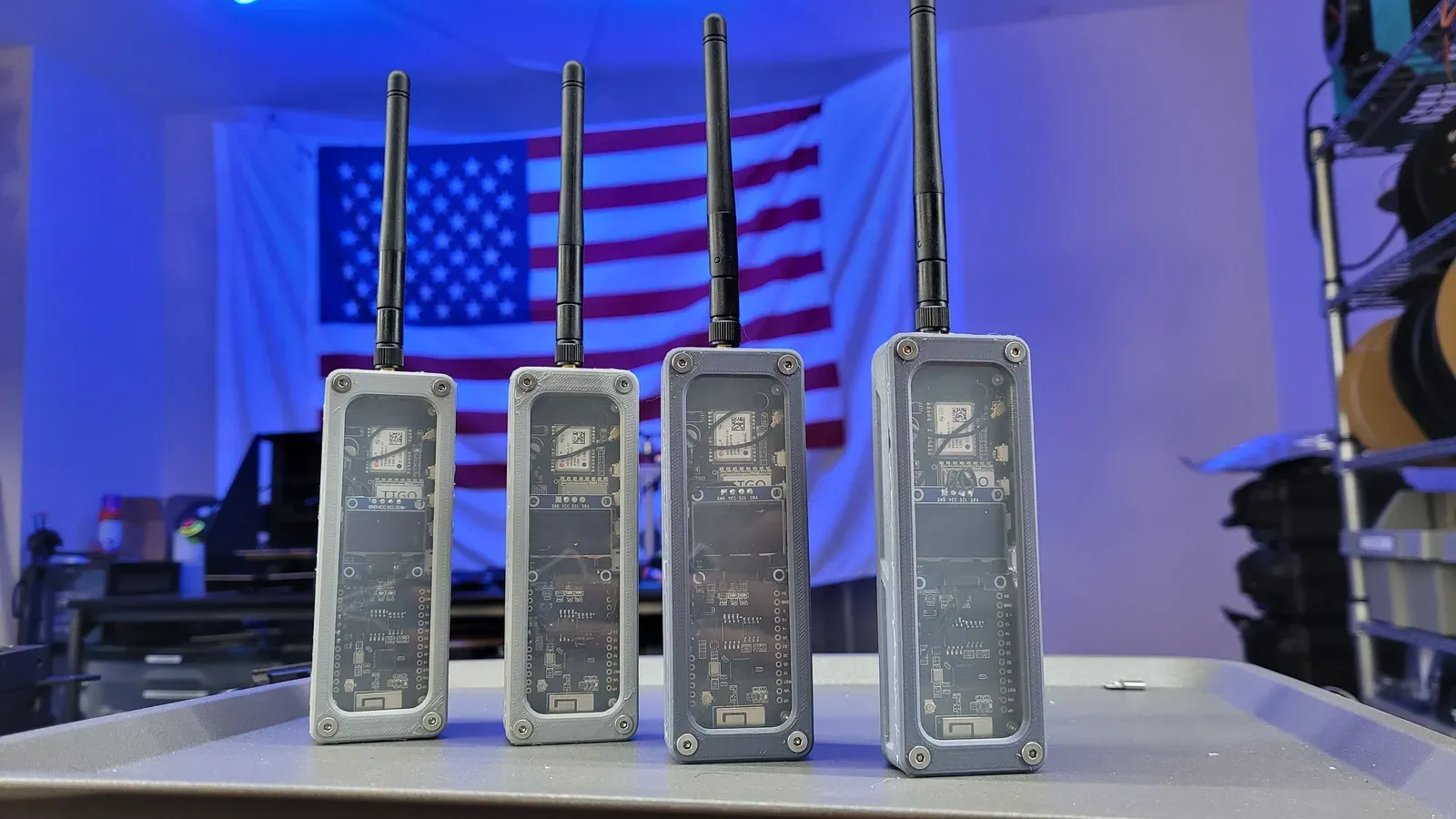Machine Learning and Data Science: The Future of Technology
Machine learning is a type of artificial intelligence that allows computers to learn without being explicitly programmed. Machine learning algorithms are trained on data, and they can then use that data to make predictions or decisions.

In today's digital age, where data is abundant and decisions need to be made swiftly, machine learning and data science have emerged as powerful tools. They enable businesses to extract valuable insights and make informed decisions. In this blog post, we will delve into the world of machine learning and data science, exploring their definitions, applications, and impact on the automotive industry.
What is Machine Learning?
Machine learning is a type of artificial intelligence that allows computers to learn without being explicitly programmed. Machine learning algorithms are trained on data, and they can then use that data to make predictions or decisions. It is a transformative technology that empowers machines to automatically analyze and interpret complex patterns within datasets, leading to intelligent actions and predictions.
For example, a machine learning algorithm could be trained to predict whether or not a customer will click on an ad. The algorithm would be trained on a dataset of past clicks, and it would learn to identify the patterns that are associated with clicks. Once the algorithm is trained, it can be used to predict whether or not a new customer is likely to click on an ad.
Supervised vs Unsupervised Models
Machine learning algorithms can be divided into two main categories: supervised and unsupervised.
- Supervised learning algorithms are trained on data that has been labeled. This means that the data has been tagged with the correct answer. For example, a supervised learning algorithm could be trained on a dataset of images of cats and dogs. The images would be labeled with the correct label, such as "cat" or "dog." Once the algorithm is trained, it can be used to classify new images of cats and dogs.
- Unsupervised learning algorithms are trained on data that has not been labeled. This means that the data does not have any tags. For example, an unsupervised learning algorithm could be trained on a dataset of text. The text would not be labeled with any categories. Once the algorithm is trained, it can be used to find patterns in the data. For example, the algorithm could be used to find groups of words that are often used together.
Examples of Some Models
There are many different machine learning models that can be used for different tasks. Some of the most common models include:
- Linear regression is a model that can be used to predict a continuous value, such as price or weight.
- Logistic regression is a model that can be used to predict a binary value, such as yes or no.
- Decision trees are a model that can be used to make decisions based on a set of rules.
- Support vector machines are a model that can be used to classify data into two or more categories.
Supervised Learning:
- Linear regression is a model used for predicting continuous numerical values.
- Logistic regression is employed for binary classification problems.
- Support vector machines (SVM) are effective for both classification and regression tasks.
- Decision trees and random forests are tree-based models capable of handling complex datasets.
- Neural networks, such as convolutional neural networks (CNN) and recurrent neural networks (RNN), are widely used for various applications, including image and speech recognition.
Unsupervised Learning:
- K-means clustering is a popular algorithm used to group similar data points together based on their characteristics.
- Hierarchical clustering creates hierarchical relationships among data points.
- Principal component analysis (PCA) is a dimensionality reduction technique that captures the most important features in a dataset.
- Autoencoders are used for unsupervised representation learning and data compression.
Big Data
For these models to perform well, it needs some data to train/use. In the industry, it is called Big Data. So what is Big Data?
Big data is a term used to describe the massive amounts of data that are being generated every day. This data comes from a variety of sources, including social media, sensors, and transactions.
Big data is challenging to work with because it is so large and complex. However, it also has the potential to be very valuable. By analyzing big data, businesses can gain insights into their customers, improve their products and services, and make better decisions.
What are the 3 V's of Big Data?
The 3 V's of big data are volume, velocity, and variety.
- Volume refers to the amount of data that is being generated. The amount of data being generated is growing exponentially every year.
- Velocity refers to the speed at which data is being generated. Data is being generated in real time, and it is important to be able to analyze it quickly.
- Variety refers to the different types of data that is being generated. Data can come in a variety of formats, including text, images, video, and audio.
Structured and Unstructured Data
Data can be divided into two main categories: structured and unstructured.
- Structured data refers to well-organized data with a fixed schema, typically stored in databases, spreadsheets, or tables. It can be easily analyzed using conventional data processing techniques. Examples of structured data include sales records, customer information, and financial transactions.
- Unstructured data lacks a predefined structure and does not fit into traditional databases. Examples include text documents, emails, social media posts, images, and videos. Machine learning techniques, such as natural language processing and computer vision, are employed to extract insights from unstructured data. These techniques enable sentiment analysis, text classification, image recognition, and object detection.
Machine Learning Applications in the Automotive Industry
- Natural language processing (NLP): NLP is a field of computer science that deals with the interaction between computers and human (natural) languages. Machine learning is used in NLP to develop algorithms that can understand and process human language. For example, machine learning can be used to develop speech recognition systems, machine translation systems, and text analysis systems.
- Computer vision: Computer vision is a field of computer science that deals with the automatic extraction of meaning from digital images or videos. Machine learning is used in computer vision to develop algorithms that can identify objects, classify images, and track motion. For example, machine learning can be used to develop self-driving cars, facial recognition systems, and medical image analysis systems.
- Recommender systems: Recommender systems are software applications that recommend items to users based on their past behavior. Machine learning is used in recommender systems to develop algorithms that can predict what items a user is likely to be interested in. For example, machine learning can be used to develop movie recommendation systems, product recommendation systems, and music recommendation systems.
- Fraud detection: Fraud detection is the process of identifying and preventing fraudulent activity. Machine learning is used in fraud detection to develop algorithms that can identify patterns of fraudulent behavior. For example, machine learning can be used to detect credit card fraud, insurance fraud, and identity theft.
- Healthcare: Machine learning is being used in healthcare to develop new treatments, diagnose diseases, and improve patient care. For example, machine learning can be used to develop personalized cancer treatments, identify early signs of Alzheimer's disease, and improve the accuracy of medical image analysis.
- Finance: Machine learning is being used in finance to improve risk management, make investment decisions, and detect fraud. For example, machine learning can be used to predict market volatility, identify undervalued stocks, and detect fraudulent financial transactions.
- Retail: Machine learning is being used in retail to improve customer experience, personalize marketing campaigns, and optimize inventory management. For example, machine learning can be used to recommend products to customers, target advertising campaigns, and predict demand for products.
- Manufacturing: Machine learning is being used in manufacturing to improve quality control, optimize production processes, and predict equipment failures. For example, machine learning can be used to identify defects in manufactured goods, optimize the production of goods, and predict when equipment will fail.
In conclusion, machine learning is a powerful tool that is having a major impact on the automotive industry. As machine learning technology continues to develop, we can expect to see even more innovative and groundbreaking applications in the years to come.
We hope you found this post informative and helpful. If you have any questions, please feel free to contact us.




